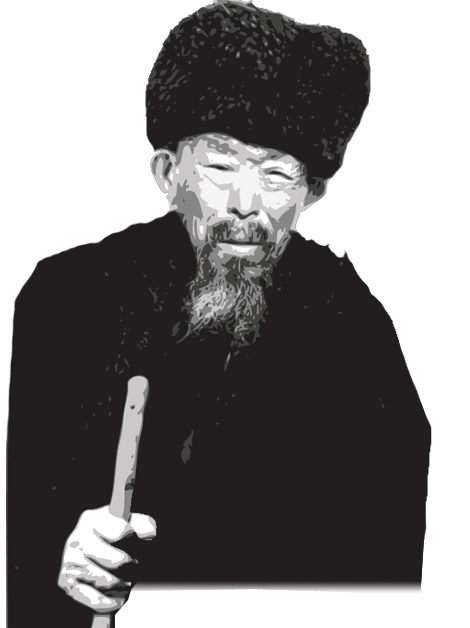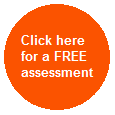
Writing a Resume That Gets You Interviewed
A resume is a concise personalized statement of your qualifications, skills, experiences and interests designed to "sell you" in the job market.
A successful resume accomplishes 3 things...
Here's how they work...
A resume is a concise personalized statement of your qualifications, skills, experiences and interests designed to "sell you" in the job market.
A successful resume accomplishes 3 things...
- Catches the attention of a potential employer
- Makes potential employers view you as a potential employee
- Gets you an interview!
Here's how they work...
“ A journey of a thousand miles must begin with a single step. ” a word from the Sherpa |
Types of Resumes & How Employers Evaluate Them
The Chronological Resume - The chronological resume focuses heavily on employment history, job responsibilities, accomplishments, and related experiences that support your career path. This format lists all of your occupations and employers, beginning with your most recent job. The chronological resume is the most common and easiest to read. The Functional Resume - The functional resume emphasizes your qualifications summary, skills, and accomplishments, omitting the employment history completely. After listing personal data and the qualifications summary, this resume lists major functions, citing specific accomplishments under each functional topic. The Combination/Creative Resume - This resume is a mixture of both the chronological and the functional formats. It includes a chronology of jobs while highlighting accomplishments as they apply. How is a Resume Evaluated? Employers evaluate your resume according to three major criteria:
Resume Writing Guidelines
|
Additional Resources Self Management Website Sherpa Help Privacy Policy Contact Customer Service
©2009 STC Intl. Ltd. and CSP. All Rights Reserved.
©2009 STC Intl. Ltd. and CSP. All Rights Reserved.
